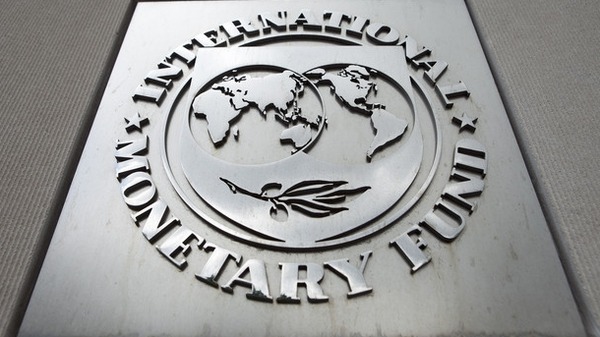March, 11, 2018

Reuters - Sri Lanka’s economy remains vulnerable to adverse shocks due to its large public debt and low external buffers, the International Monetary Fund said on Friday.
The economy is gradually normalising following a series of weather-related shocks in 2017 and may grow 4.4 percent this year, the IMF said in a statement. This is well below the Sri Lankan central bank’s forecast of 5 to 5.5 percent but better than 2017’s estimated growth of 4 percent.
The IMF approved a $1.5 billion three-year loan for Sri Lanka in mid-2016 after the government agreed to tough fiscal and monetary policy measures including tax reforms and a flexible currency exchange rate.
This year’s growth will be supported by a recovery in agriculture and industry and robust expansion in the services sector, while annual growth rates are expected to reach 5 percent over the medium term.
Inflation is projected to slow to around 5 percent by the end of 2018 as food prices stabilise, it said.
“Despite weather-related shocks and some delays in implementation, program performance remains broadly on track,” the IMF said after staff concluded a visit to review the country’s economic and financial performance.
“Fiscal consolidation is advancing... The central bank has been effective in curbing credit growth and stabilizing inflation despite recent pressures, while stepping up its pace of reserve accumulation,” it said.
“Nevertheless, the economy remains vulnerable to adverse shocks given the still sizable public debt and low external buffers. Looking ahead, to secure these hard-won gains and support inclusive, sustained growth, the reform momentum needs to continue and policy frameworks and institutions further strengthened.”
The government must repay debt estimated at 1.97 trillion rupees ($12.68 billion) in 2018 - a record high - including $2.9 billion of foreign loans and a total of $5.36 billion in interest.
Sri Lankan authorities should remain vigilant against a buildup of systemic risks in the financial sector and if needed, further tools could be considered to curb excessive credit growth in certain sectors, the IMF added.
Video Story